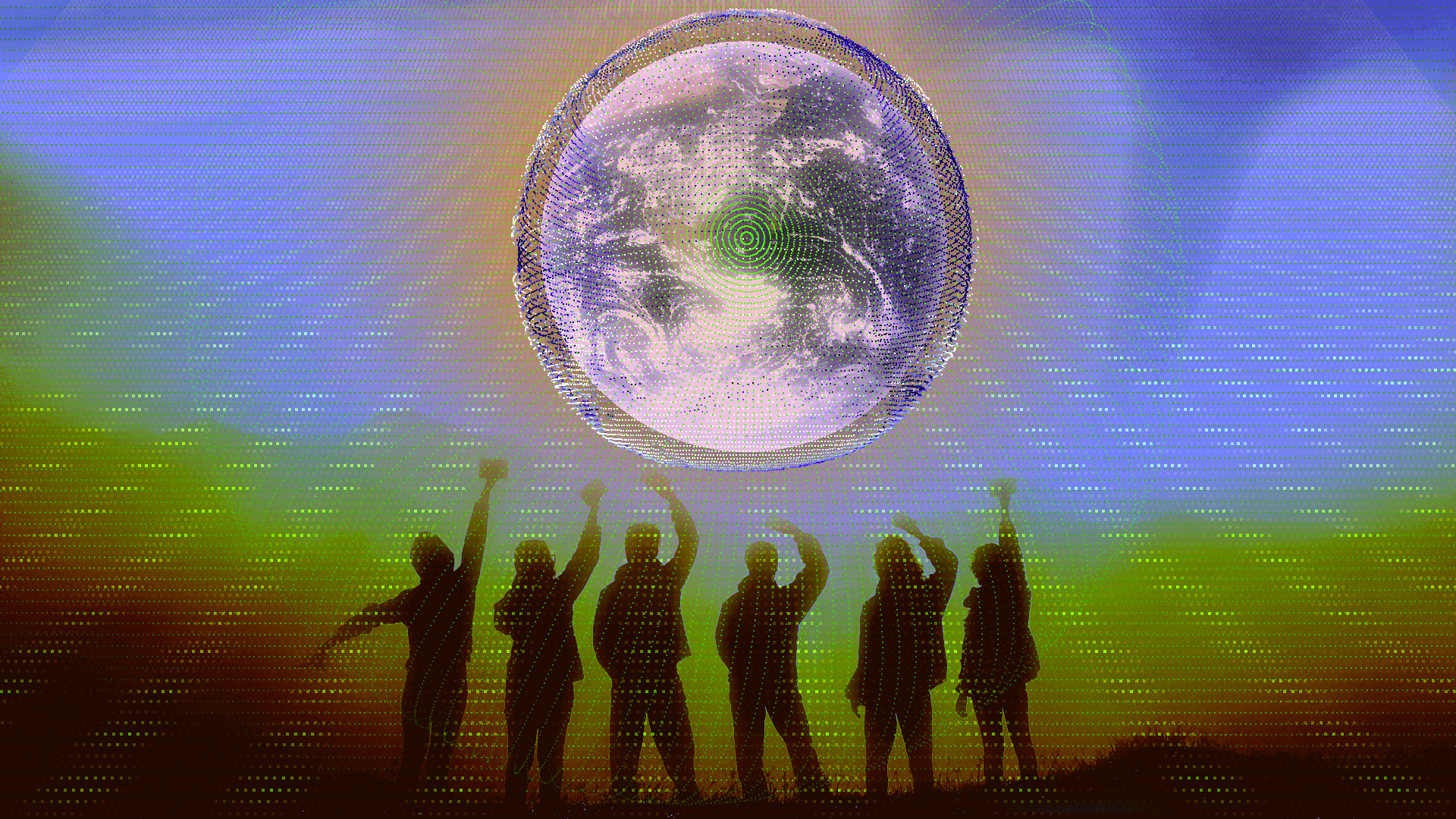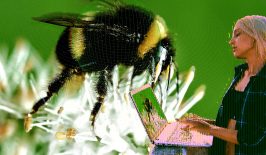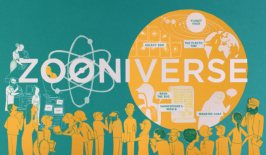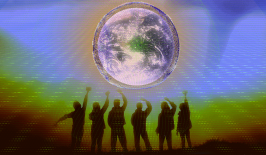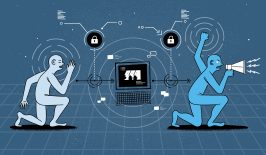They count birds, scour satellite images for penguins or become mobile measuring stations themselves – in many areas, citizens are becoming active as Citizen Scientists. However, there is much more behind this than a mere leisure activity for the particularly committed. When research shifts out of the science bubbles and laboratories and into the daily lives of citizens, it can set a lot in motion.
Research projects that use more and more digital tools and thus handle ever larger amounts of data will receive support in data analysis. This, in turn, offers the chance to expand research projects considerably and to speed up the evaluation. But the exchange is anything but one-sided. Projects in which citizens install sensors in their gardens, on windowsills and balconies and collect air data are a good example of this.
Thousands of Volunteers Collect Aerial Data
One of these projects is “Curieuze Neuzen“. Initiated by Filip Meysman, a climate researcher at the University of Antwerp in Belgium, it is now collecting climate data in the Flanders region together with 5,000 volunteers. To do this, the lay researchers place a small sensor box in the garden and collect data such as temperature, humidity and nitrogen oxide content. These are then transmitted via the internet to the University of Antwerp, where they are compiled into climate maps – which in turn are made public.
In the project “WeCount: Citizens Observing UrbaN Transport” project, researchers have launched one of the largest studies to date on traffic and urban air quality in five European cities – and are also relying on the involvement of citizen scientists. Around 1,500 sensors will be installed on building walls to measure and better understand the number and speed of passing cars, bicycles and pedestrians. This information will then be sent directly to the cloud, giving researchers and interested parties an up-to-date overview of traffic conditions in the area. The collected data can then be used by NGOs, companies and private individuals free of charge.
Measuring Fine Dust with a Self-Built Sensor
Stuttgart is one of the urban areas in which particulate matter regularly exceeds limits. The few measuring stations in the city whose air readings are publicly available only give a very rough picture of the situation. Due to this, hotspots and intervention options are difficult to identify. The OK Lab Stuttgart, which is part of the Code for Germany programme of the Open Knowledge Foundation Germany, has launched the citizen science project luftdaten.info to create more data points and make the data more transparent for citizens and civil society.In recent years, the project has become a contributor-driven global sensor network that generates open-data environmental data and is now called sensor.community. The project’s website provides step-by-step instructions on how to build a fine dust or noise sensor yourself and install it on the wall of your house. In addition, many of the now 57 community labs regularly offer sensor construction under expert guidance. According to their own information, more than 13,000 sensors are currently active. A continuously updated fine dust map is then created from the measured values transmitted by the self-built sensors. Most of the measuring devices can currently be found on balconies and house walls in Germany, the Netherlands and Belgium – but it is also possible to get involved in air measurement from anywhere else in the world.
Within the project, more than 4,500 people have already learned what open source, open hardware, open data and Internet of Things means and have built and installed their own fine dust sensor. However, the data obtained has so far only really been accessible to the technically initiated. In order to change this, the software page of luftdaten.info will soon be strengthened and a new app will be developed specifically to improve understanding amongst non-technical people.
With a self-built sensor, it is possible to participate in the collection of air data at relatively low cost, although a little technical affinity is required. Of course, ready-made sensors are also available for purchase, for example from Pocket Lab. However, these are not entirely inexpensive; the offer is therefore aimed primarily at schools and universities.
Collection of Air Data Stimulates the Climate Debate
Regardless of whether citizens build a sensor themselves or are provided with the hardware as part of larger research projects – the citizens involved in the projects learn directly which pollutants they inhale with the air. Furthermore, by collecting data, they provide a more complete and transparent picture of the air in our cities – with the hope that the results of the sensors will promote clean air initiatives in urban areas.
In Antwerp, the newly acquired data has in any case already stimulated a climate debate, as Jan Corens, one of the project participants, reports. Suddenly people are asking themselves why the air in the street around the corner is better than in their own home, says Corens. In Antwerp, this has sparked a dispute about driving bans.
New networks are being created through citizen participation tools that make citizens participants in research, in identifying problems, but also in finding solutions. “Science often seems elitist: the renowned professor tells us what we should think or do. Citizen science has a democratising effect because everyone can participate,” says Filip Meysman.
From Data to Movement
Movement on the issue of air pollution is definitely needed. According to the World Health Organisation, 4.2 million deaths a year can be attributed to pollutants in the air. This is because the small particles in the air with a diameter of 2.5 micrometres or less (PM2.5) can cause cardiovascular and respiratory diseases, as well as cancer. In addition, diesel soot emissions accelerate climate change. Air currents in the northern hemisphere carry the emissions to the Arctic and the glaciers of the high mountains, accelerating ice melt there.
Even though the German Federal Environment Agency has been regularly measuring particulate matter with the particle size PM2.5 in Germany since 2008, the measurements are limited to a few measuring stations. The focus is particularly on conurbations, i.e. areas with a lot of traffic or industry. The new measuring points, which are created within the framework of the various projects and with private sensors, are becoming increasingly detailed maps that are publicly accessible. And the willingness of citizens to participate in the collection of aerial data seems to be great.
But how does a broad dialogue about the measured values emerge, how is a political discourse initiated – and above all: how does it become political demands and actions for better air? “Data and visualisations are always really effective when they become a tool, and for that you have to be very active in campaigning. I believe that in environmental and climate protection, it is not necessarily the project itself that has to do this, but that we have to look for bridges to institutions and larger organisations. Fridays for Future, for example, could be such an organisation that builds up public pressure in its strategy,” Daniel Staemmler, who researches digital activism at Humboldt University in Berlin, tells RESET.
So all that is missing to make the issue really big is a broad-based campaign that presses for change with political demands. Moreover, the right to clean air is legally enshrined – and here, too, the fine-mesh survey of air quality is an important basis. As soon as the limit values for air pollutants are exceeded, citizens can file a lawsuit, because the EU member states are legally obliged to establish measures to reduce air pollutants in order to improve air quality. All those who spend most of their time in a polluted area – i.e. residents as well as doctors’ surgeries or day-care centres on busy roads – can file a complaint. As an environmental association, Deutsche Umwelthilfe (DUH) is also allowed to file lawsuits and is now taking legal action in 39 cities to demand better implementation of the EU clean air legislation and effective measures.
This article is part of our Special Feature “Civic Tech – Ways Out of the Climate Crisis with Digital Civic Engagement”. You can find all articles of the Special Feature here: Special Feature Civic Tech
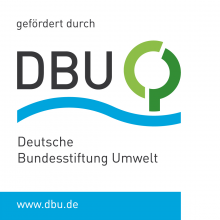
The Special Feature is part of the project funding of the German Federal Environmental Foundation (Deutsche Bundesstiftung Umwelt – DBU), in the framework of which we are producing four special features over two years on the topic of “Opportunities and potentials of digitalisation for sustainable development”.
More information here.

